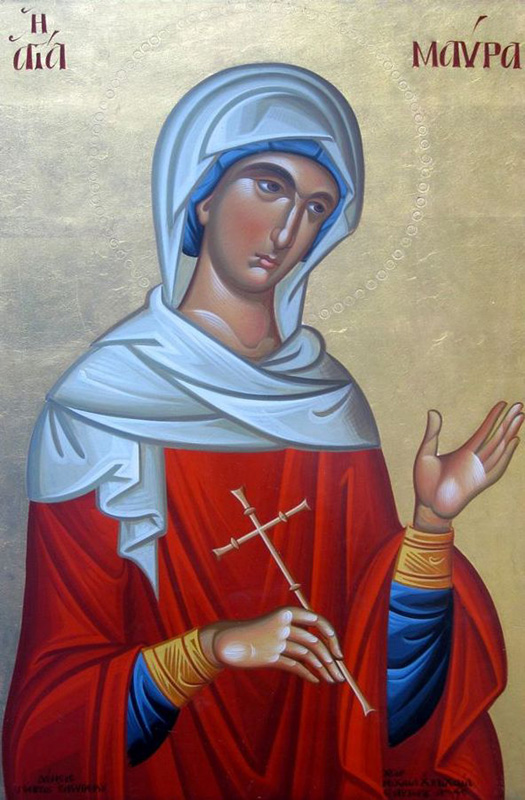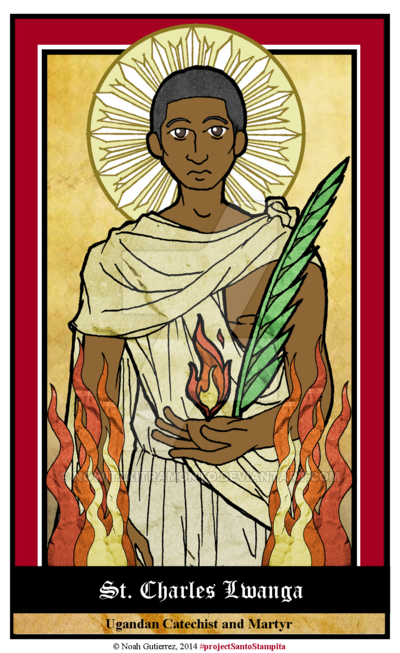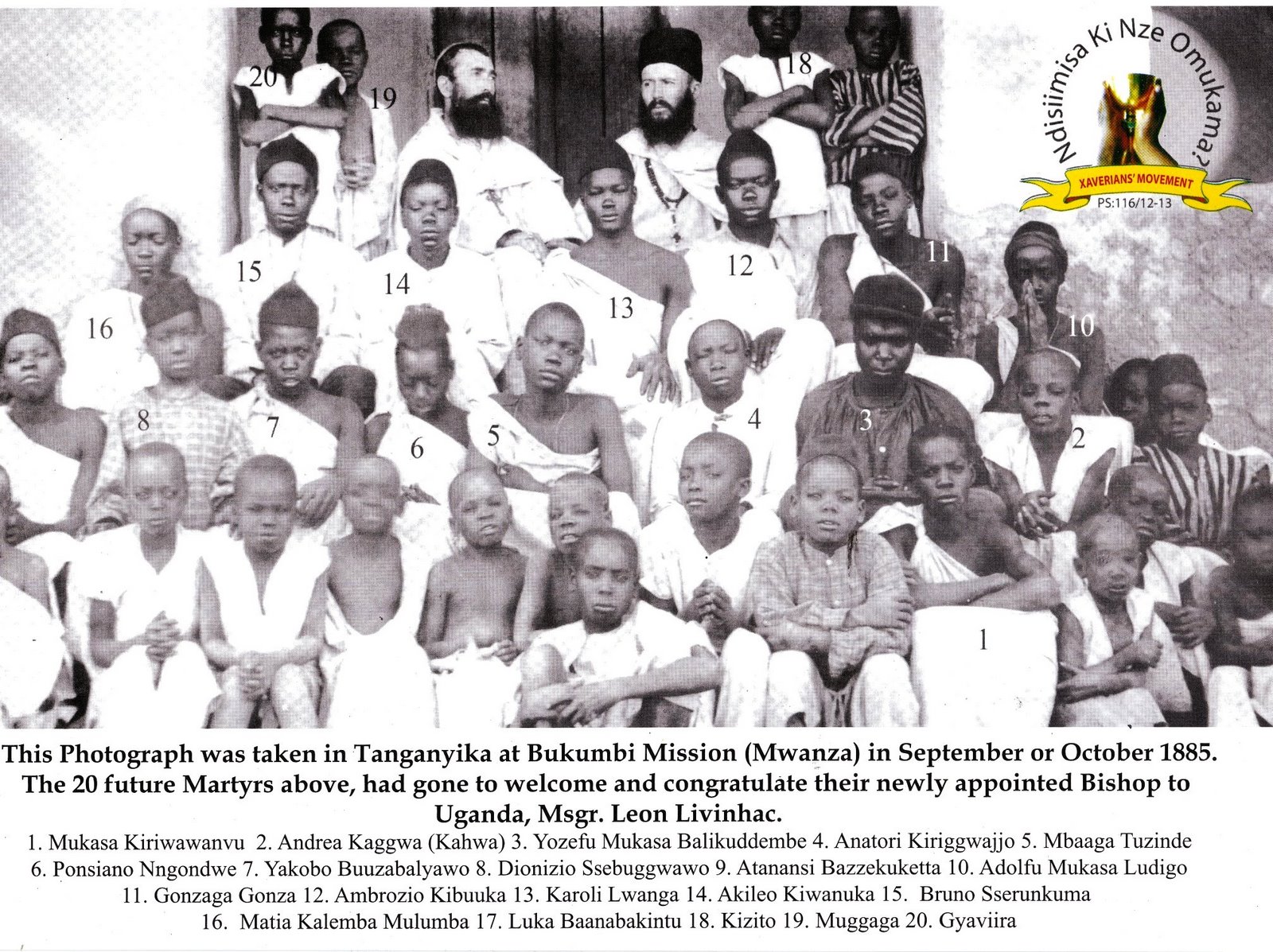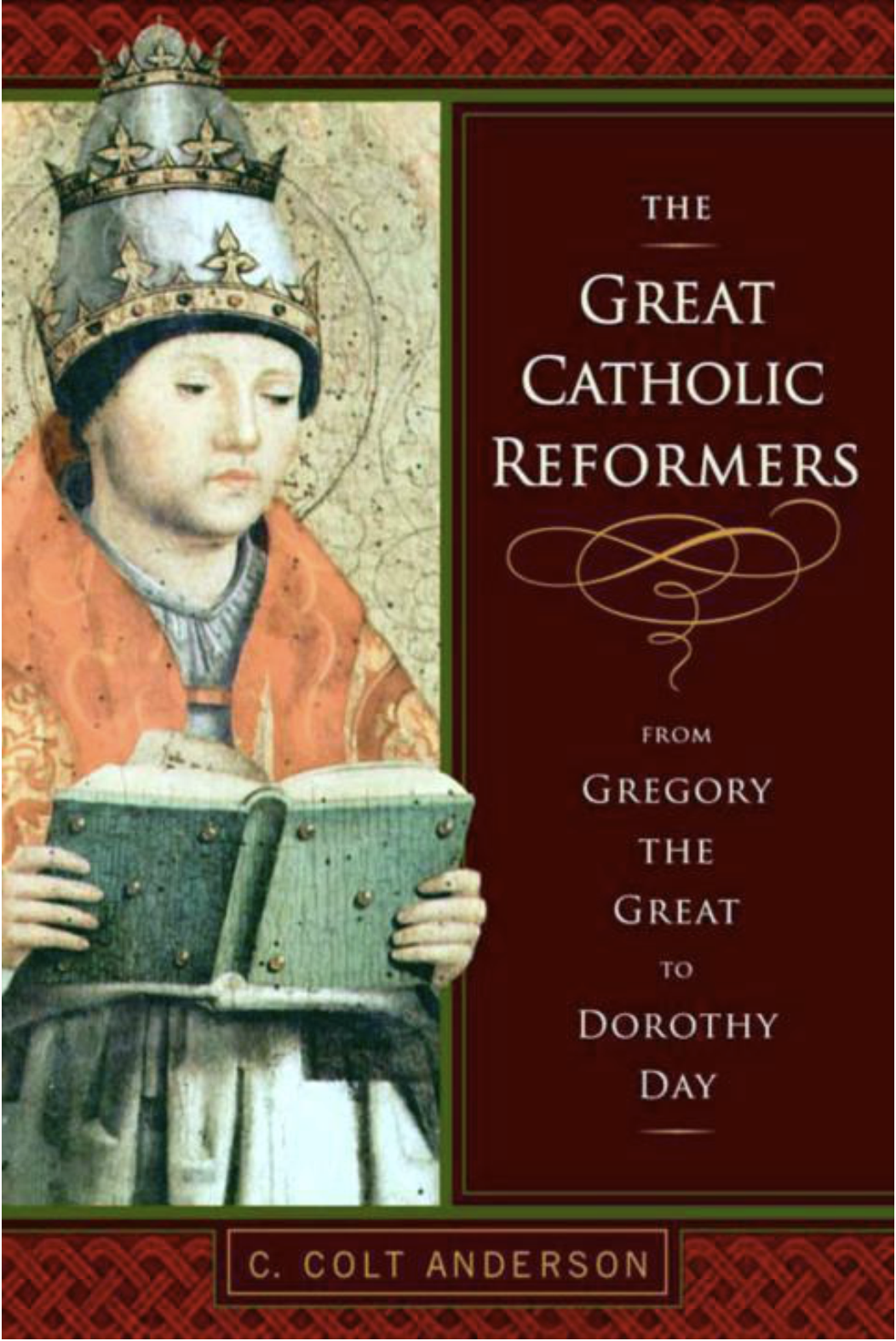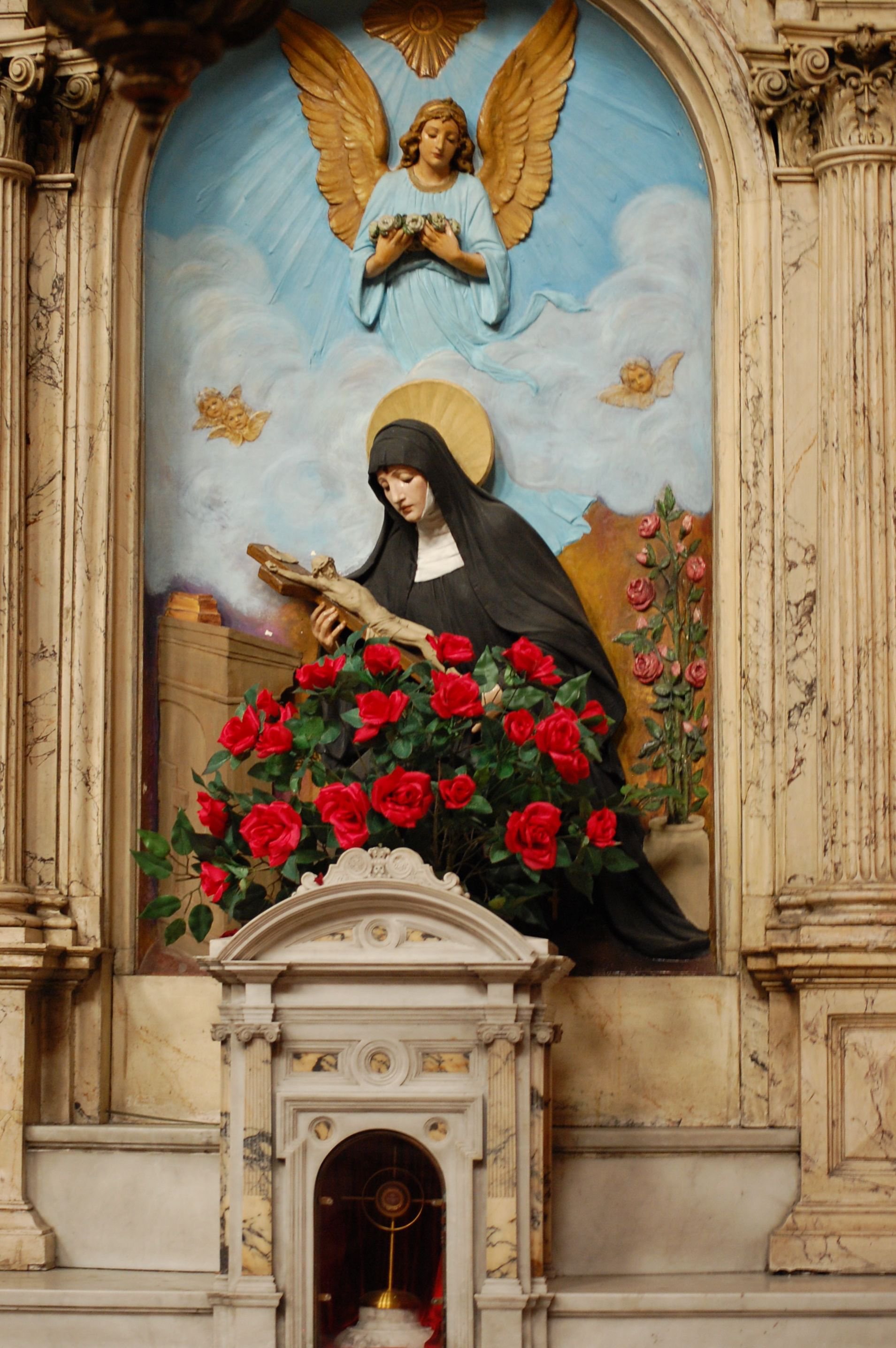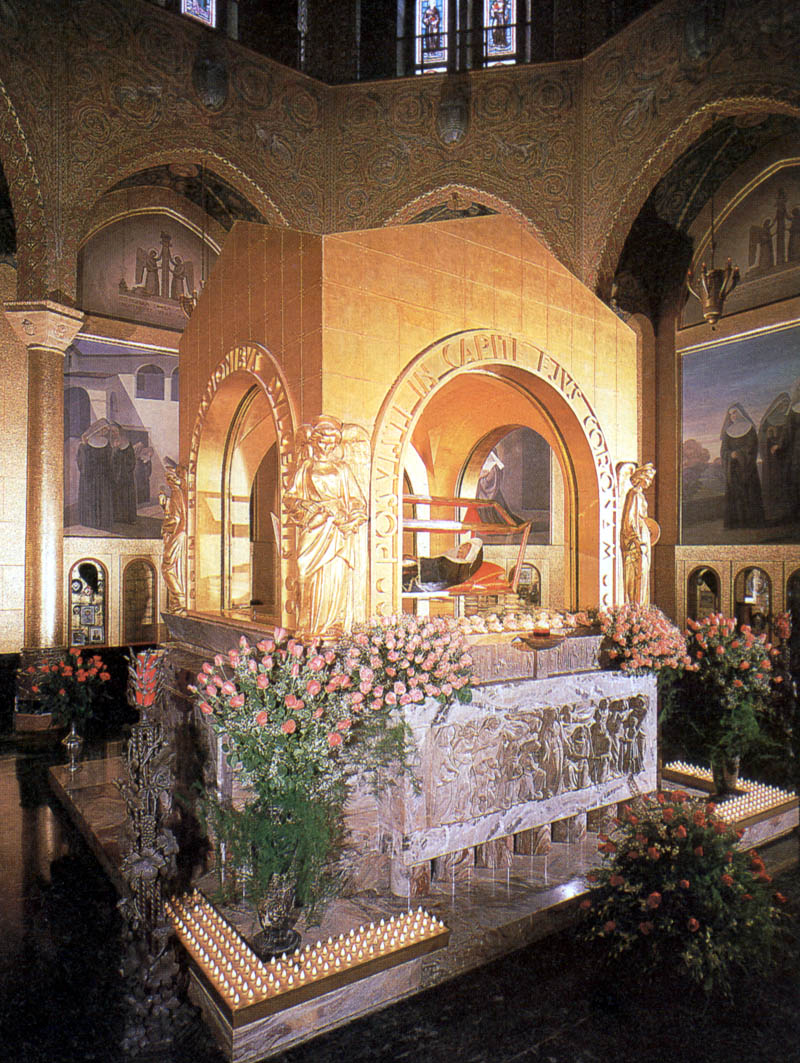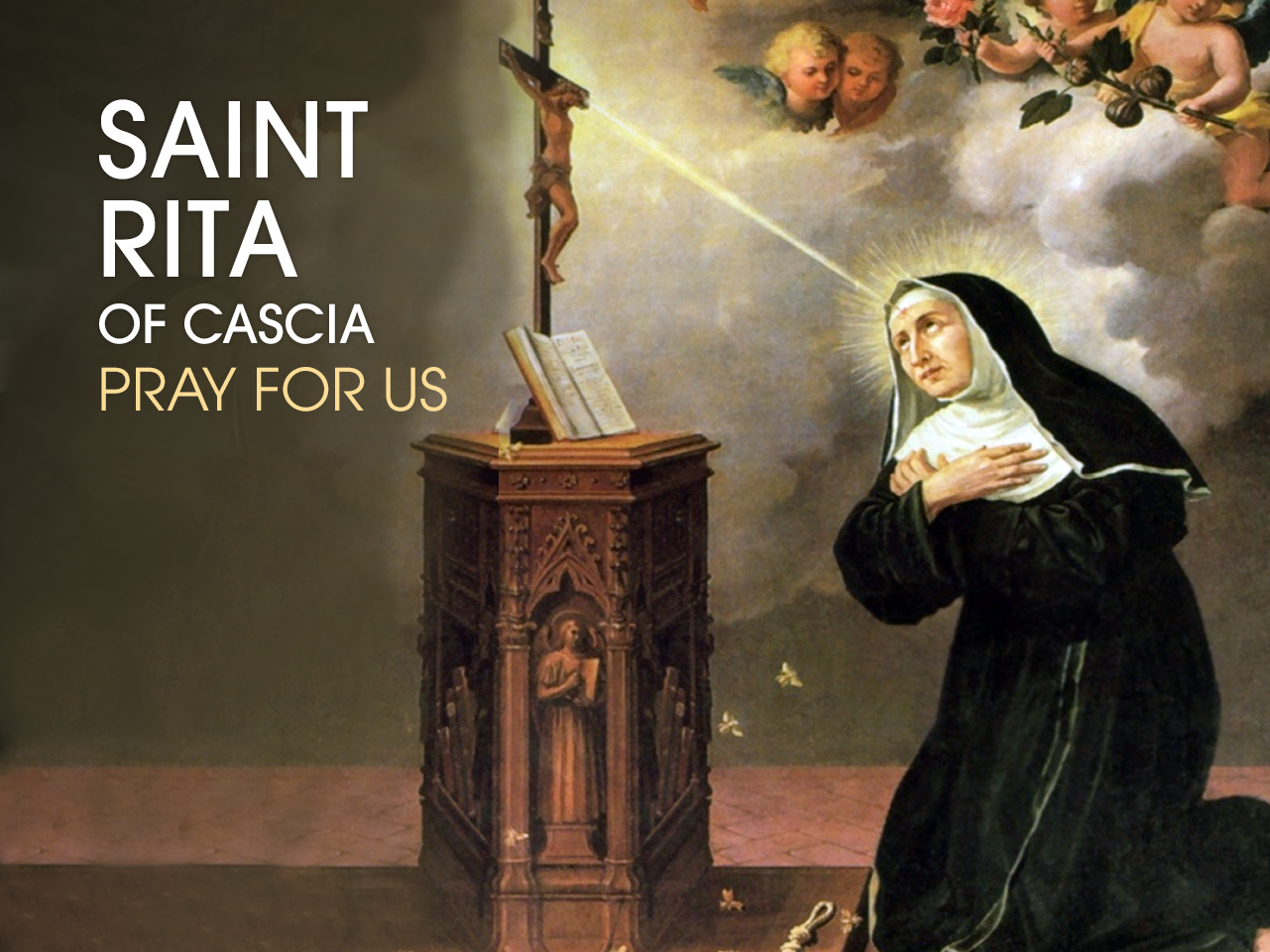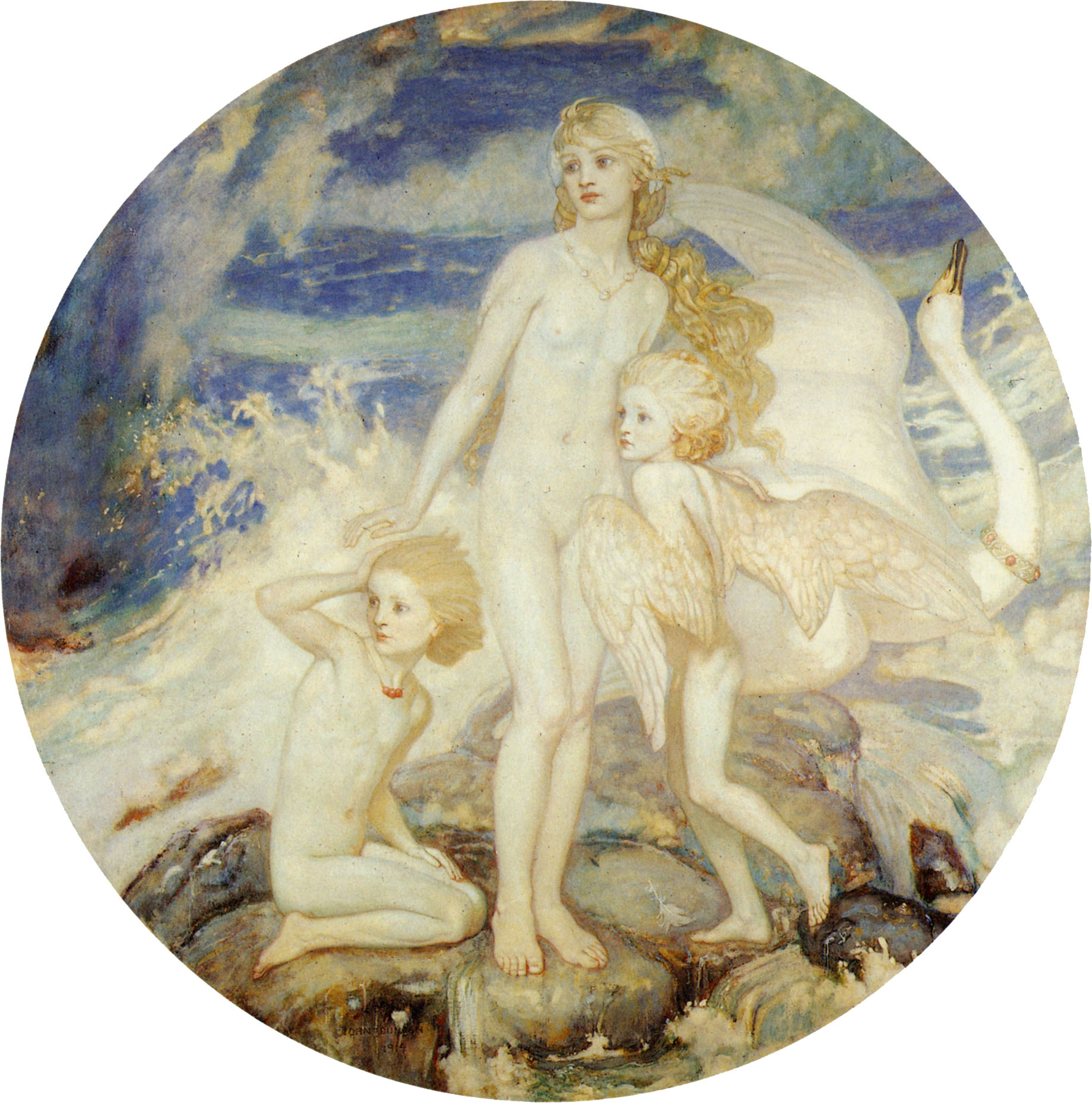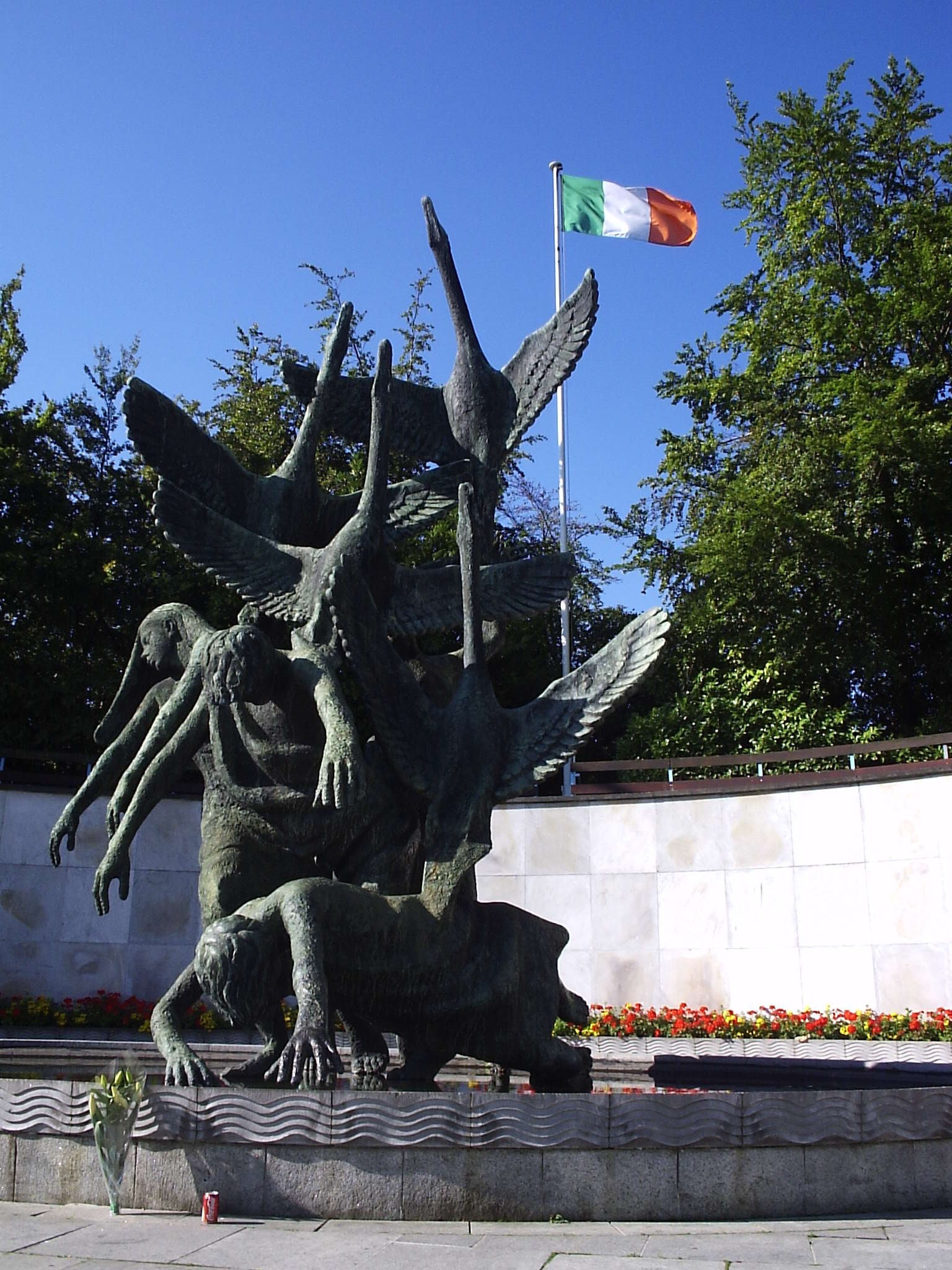I love the story of Sts Timothy & Maura. I hold a special devotion to them for Kelly & I. Mara’s name is inspired by the story of Sts Timothy & Maura. They provide an example, firstly, of the devotion to duty, despite the circumstances, a love of Scripture, and the ability to love when we would be justified by human reason in anything but. They provide an example for all Christians and especially those vowed in the heroic vocation of marriage, that love and forgiveness is possible no matter what, with God’s grace. I hope and trust you will concur. (If you’re squeamish, take my word.)
Coming from the Eastern Christian tradition, and so not usually included on the American Roman liturgical calendar, Timothy was a deacon, a lector, and a catechist of the Church in Egypt (then called Kemet) in 286 AD, during the persecutions of the Emperor Diocletian.
As a deacon, it was traditional that each deacon serve some particular practical function, and Timothy’s was to safeguard the scrolls on which the Scriptures were written. He was betrayed by an enemy to the local Roman authorities as a Christian, and when the Romans learned of his unique function they demanded the Scriptures from Timothy so they could defile them. Timothy refused saying it would be like giving up one of his children to them. Timothy had only recently been married to Maura, a fellow Christian, and a fellow catechist in the community at Penapais. They had only been married twenty days.
The Roman governor said to Timothy: “You see, don’t you, the instruments prepared for torture?” Timothy replied: “But don’t you see the angels of God, which are strengthening me?”
Because of Timothy’s refusal to hand over the scrolls containing the Scriptures, the Romans tortured him by inserting white hot irons into his ears, which also blinded him. They then hung him upside down and tied a very heavy stone to his head. The cut off his eyelids. The Romans then brought Maura in. The Romans had put a piece of wood in Timothy’s mouth so he could not speak. At Maura’s request, they removed the wood and Timothy incited her to give witness by her suffering.
The Romans believed any harm done to Maura on Timothy’s behalf, and for his refusal, would be far less bearable to Timothy than any pain inflicted on him directly. Maura never encouraged Timothy to submit, rather, she encouraged him to be strong.
This enraged the Romans and they pulled all the hair from her head. They chopped off her fingers. And they lowered her into boiling water, making Timothy aware all the time of what was going on despite his injuries.
Finally, Timothy and Maura were each crucified at Antinoe on opposite walls facing each other. They both lingered for nine more days, during which they encouraged one another. They died of shock, blood loss, and dehydration.
It is reported the Roman governor, Arian, who ordered and oversaw the torture of Timothy & Maura later repented, became a Christian, and suffered martyrdom for Christ, as well. His feast day is December 14.
Troparion (liturgical hymn) of Sts Timothy & Maura – Tone 4
Your holy martyrs Timothy and Maura, O Lord,
Through their sufferings have received incorruptible crowns from You, our God.
For having Your strength, they laid low their adversaries,
And shattered the powerless boldness of demons.
Through their intercessions, save our souls!
Kontakion (Tone 4)
You accepted many humiliations,
And deserved to be crowned by God.
Great and praiseworthy Timothy and Maura,
Intercede with the Lord for us
That we may celebrate your most pure memory;
That He may grant peace to our land and people,
For He is a powerful stronghold for the faithful!
Love,
Matthew


